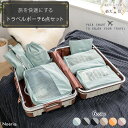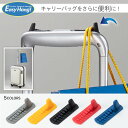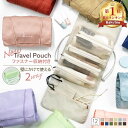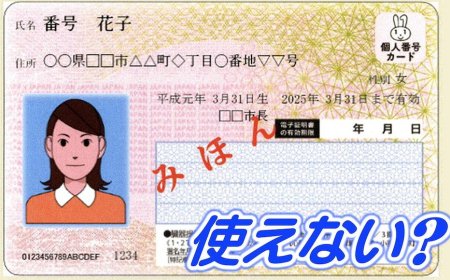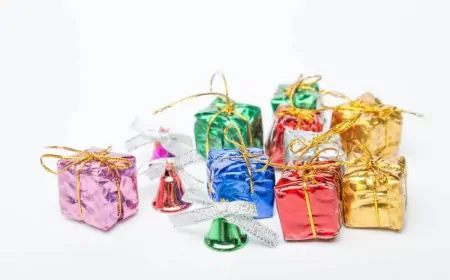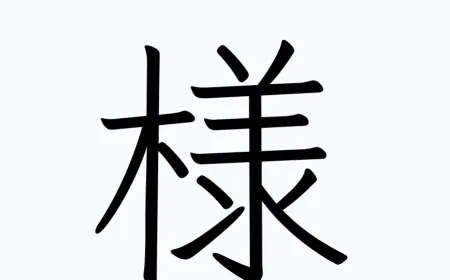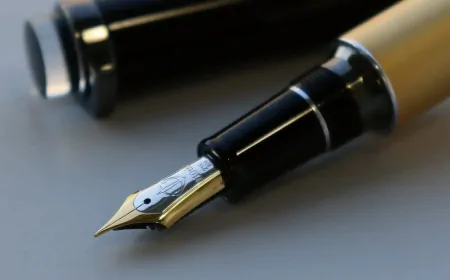Furoshiki and the Japanese gift-giving culture
Featured in many uses, furoshiki is associated with the Japanese art of gift wrapping. For a long time, gift giving has become a tradition in the land of the rising sun, a way for people to express their affection for each other.

For the Japanese, a gift conveys the giver's affection, congratulations, gratitude, or greeting. Gifts are wrapped in fabric, along with appropriate decorations and designs as wishes to the recipient. A special gift does not lie in its material value, but in the expression of the giver's culture and behavior through the preparation and way of gift giving. They avoid giving gifts or bonuses directly, leaving them naked and unwrapped.
In gift-giving culture, the Japanese often follow certain principles. Such as,
1/ The gift needs to be wrapped solemnly. This makes the recipient feel that the giver is interested and prepared in advance, not a sudden idea.
2/ Give gifts with both hands, to express the giver's respect to the recipient.
3/ Giving gifts in pairs or in pairs is welcome because the number 2 is considered a lucky number.
4/ Do not give Japanese people gifts related to numbers 4 and 9, because the sound of the number 4 is homophonous with the word "death" and the number 9 is considered unlucky.
5/ Do not give a hairbrush, because the Japanese word for comb is "kushi", "ku" is suffering, "shi" is the homonym for the word "death", "kushi" is community. both of these misfortunes.
6/ Avoid giving the same gift to two people of different status.
The meaning of the gift is also reflected in the decoration projects on the furoshiki sheets. Each motif has its own meaning and depending on the gift giving case, people choose the appropriate pattern. For example, the Carp that crosses the dance floor symbolizing perseverance, perseverance, success and advancement is often used on the occasion of celebrating the birth of a baby boy as a wish that the baby will be honored in the future. display.
The motif of the Falcon and the sea storm with the image of a falcon flying in a heroic figure, below is a sea of waves used in the gift package to celebrate the birth of a son with the wish that the boy will have a brave heart. The motif of a bountiful harvest signifies the wish for affluence, many children and grandchildren, often used to wrap gifts during the holidays.
The Jewel motifs are designed to symbolize happiness and prosperity and include the "seven treasures", magic robe, wallet, clove and jade motifs. The cloth has the shape of grass roots interwoven, symbolizing long-term and lasting happiness. When girls get married, they often use this decorative cloth with jewel motifs to pack things for their husband's house with the desire to have a rich and happy life forever.
-------------------
Injavi.com - Visit Japan | Visit in Japan
Guide to living, studying and working in Japan
Related Products
